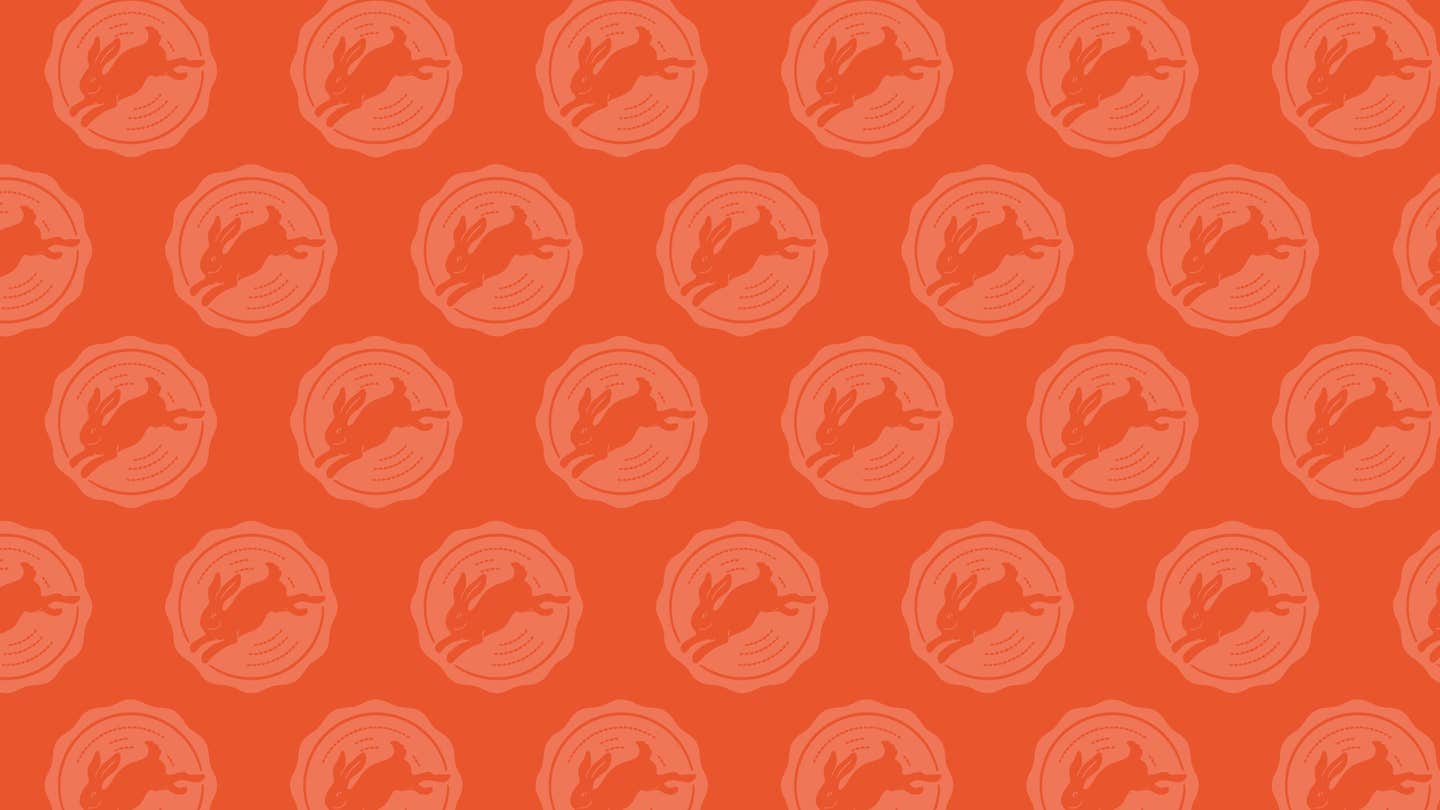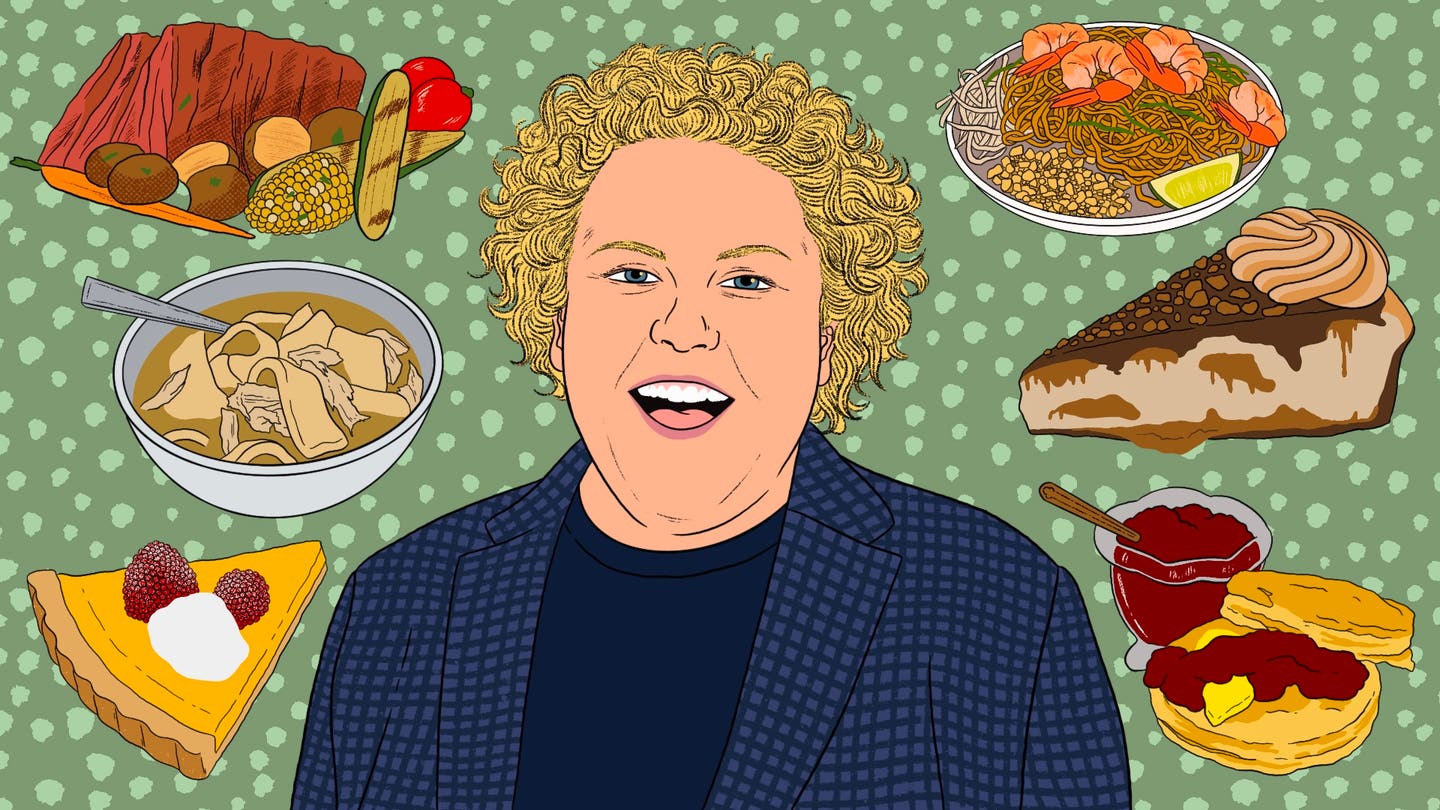
While the traditional Japanese breakfast of small dishes like miso soup with rice, shiozuke, and eggs seasoned with sugar and soy sauce, spotlighted in SAVEUR's "World of Breakfast" (issue #114), is a staple in many households, countless other Japanese prefer to pick up a more Western-influenced meal—known in the country's urban coffee shops as mooningu-setto, "morning set"—on their way to work.
Merry White, a professor of anthropology at Boston University, has been fascinated with the Japanese breakfast since her first visit to Tokyo, in 1963. Although she has since authored articles and books on everything from Hello Kitty to what to eat at a sumo match, her first love has always been the food and social life of Japan's thriving cafe culture. In her latest book, Cafe Society in Japan (University of California Press, 2009), White traces the origins of the morning set, charting its history and lore as far back as the 17th century.
**What first sparked your interest in Japan's cafe culture?
**
I started going to Japan in 1963, which was a boom time for cafes. I specifically remember one four-story place called the Vienna where they played nothing but Mozart and served sachertorte. It bowled me over. But there were three or four coffee shops on every block; I'd never seen anything in New York or anywhere else in the world to match it.
This was also during the Japanese boom in white-collar work, when so-called salarymen began to depend on cafes for all sorts of different services, including breakfasts like the morning set. Since I was already spending most of my time in Japan in cafes, I thought, Why not study them?
**What does the morning set contain?
**
It varies, but it always includes egg—often a hard-boiled one that's been sitting on the counter for a while, the way English pubs do it. The rest is usually more or less an American-style breakfast: toast, coffee. But the most interesting component is the salad; it's impossible to find a morning set that doesn't have a little bowl of shredded cabbage or shredded lettuce topped with a tomato.
**The salad seems out of place. How does it fit in?
**
When salad was added, the morning set became something the Japanese could call a meal and serve at a cafe. The rest of the components are seen as snacks, but the salad made it a whole breakfast.
**What about the toast?
**
The toast is almost always made out of a mile-high white bread called shokkupan that is unsullied by flavor. It's squishy, marshmallowy, Wonder bread-y. People, especially Japanese living overseas, get very nostalgic about shokkupan. Japanese bakeries in New York and Boston even sell it now. It's not multigrain; it doesn't crunch or contain little things that get between your teeth. It's just plain old bread. And that makes it sort of retro these days.
**When was coffee introduced to Japan?
**
The Dutch brought coffee with them to Japan. The first coffee was probably drunk in Nagasaki, off of Deshima, which was an artificial island created in the 1600s for foreign traders.
Even though at that time Japan was "closed"under the Tokugawa shogunate it was never really closed. There was a lot of exchange with the rest of the world. Japanese prostitutes visited foreign men, and when the prostitutes of Nagasaki began to drink coffee (which they sweetened with honey), they became the first Japanese to drink coffee for pleasure. They also used it to stay alert so that their customers wouldn't rob them in their sleep.
**In your new book you mention that the first coffeehouse in Japan was opened by a Yale dropout from China. How did that happen?
**
During the 1870s in Japan there were many Chinese who made their living as translators. One man, a translator for Japan's foreign ministry, had a brilliant son, Tei Ei-Kei, who was good at languages, but because he was Chinese he couldn't get ahead in Japan. So, the father decided to send him to Yale. Unfortunately, the son didn't want to study; he wanted to go to New York and visit the coffeehouses that were all the rage in the 1870s, and he flunked out of Yale.
On his way back to Japan, he went through London and visited fabulous coffeehouses there, too. Then, when he got back to Japan, he somehow persuaded his father that even though he'd flunked out of Yale, his father should help him finance the building of a coffeehouse in Tokyo. It was called Kaahiichakan, and it opened in 1888, in Ueno, near the park. It was a very clubby, English-style coffeehouse, with big stuffed armchairs, newspapers on racks, and billiard tables.
**Is it still in business today?
**
No. Actually, it eventually failed because the son provided too many amenities. People stayed there all day with just one cup of coffee. He became despondent, had to close it, and moved to Seattle, of all places.
Keep Reading
Continue to Next Story










